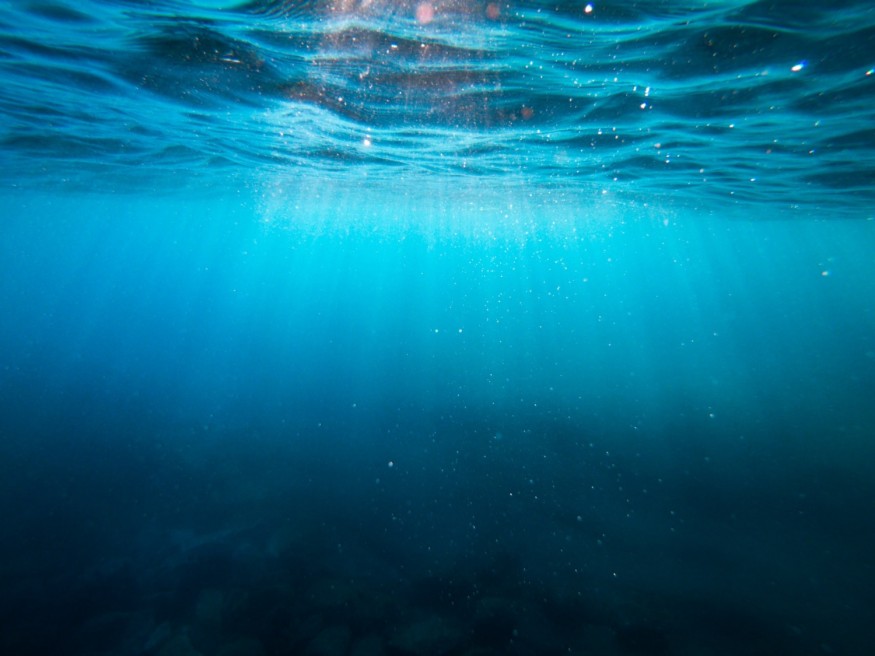
While the development of technology has allowed for new ways to explore the ocean, scientists are continuously finding new discoveries from the deep parts of the ocean. An invisible line was found in the depths of the ocean that separate two types of creatures in the ocean.
Hidden Ocean Depth Line
According to Science Alert, a team of international scientists discovered how certain types of organisms dominated the depths of the ocean. In depths below 4,400 meters, the scientists found how creatures had different properties from creatures above this line.
The creatures below the line displayed soft and squishy bodies as they lurked in darkness while the creatures above the line were the typical hard-shelled mollusks and others with similar attributes.
Erik Simon-Lledó, a deep-sea ecologist at the UK National Oceanography Center, gave a statement regarding the phenomenon. He reported how the muddy abyssal seaforts were thought of as the "marine deserts" decades ago.
The deep-sea ecologist then explained how things had changed and that the lack of food, extremely low temperature, and high pressure didn't stop specific creatures from thriving. He mentioned that as exploration and technology evolved, they were able to learn more about these types of ecosystems.
Deep Sea Exploration
Simon-Lledó also mentioned that the ecosystems within these conditions keep unveiling large biodiversities that scientists could compare to shallow water ecosystems. This comes as more effort is placed into the exploration of the abyssal zone.
The Woods Hole Oceanographic Institution describes the abyssal zone, or the abyssal ocean, as the seafloor and water column located 3000 to 6500 meters in depth. This is the part of the ocean that's too far from the surface, meaning sunlight can't penetrate it.
The environment isn't a place possible for humans to reach due to its freezing temperatures, crushing pressures, and extreme darkness. However, technology has provided humans with remote ways of investigating these areas.
Science Alert reports that Simon-Lledó used a robot to venture into these deep-sea areas to gather important data and images from the depths of the ocean.
Investigating the Abyss
Simon-Lledó and his team used deep-sea robots to collect a huge collection of images from the Clarion-Clipperton Zone, located at the bottom of the Pacific Ocean. The National Oceanic and Atmospheric Administration describes this zone as spanning 3,100 miles across the Pacific Ocean, located 4,000 to 5,000 meters in depth.
The scientists were able to index over 50,000 creatures from the abyss and they couldn't find any animals larger than 10 millimeters from the images. They found that no mollusks and other hard-shelled beings were found below 4,400.
The deep-sea ecologist said that the depths of the abyss were dominated by sea cucumbers and soft anemones. They also found soft corals and brittle stars with researchers deducting that their properties could be related to the carbonate compensation depth, where calcium carbonate is hard to find.
RELATED ARTICLE : 'Immortal Jellyfish' Accomplishes Effective Age Reversal, Making It Theoretically Live Forever
Check out more news and information on Environment and Climate in Science Times.
© 2025 ScienceTimes.com All rights reserved. Do not reproduce without permission. The window to the world of Science Times.











